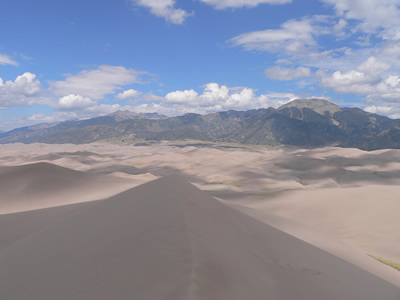View of cumulus clouds from the Great Sand Dunes National Park and Preserve near Alamosa, Colorado.
Click on image for full size
Courtesy of Olga and Sergei Kuznetsov
How Clouds Form
A cloud is composed of tiny water droplets or ice crystals that are suspended in the air. A series of processes have to happen in order for these water droplets or ice crystals to form into clouds in the atmosphere, and different types of clouds form from different processes. The four main ways that clouds can form are:
All of these processes involve the cooling of air. Warm air is able to hold larger amounts of water vapor than cool air, so when air cools it is no longer able to hold all of the water vapor it was able to hold when it was warm. This extra water vapor begins to condense out of the air parcel in the form of liquid water droplets.
Typically, water vapor needs some sort of particle, such as dust or pollen, to condense upon. These particles are called condensation nuclei. Eventually, enough water vapor will condense upon condensation nuclei to form a cloud. The water droplets in the cloud may eventually fall down to Earth in the form of rain or snow (or other forms of precipitation).
You might also be interested in:

Weather fronts can cause clouds to form. Fronts occur when two large masses of air collide at the Earth's surface. Warm fronts produce clouds when warm air replaces cold air by sliding above it. Many different
...more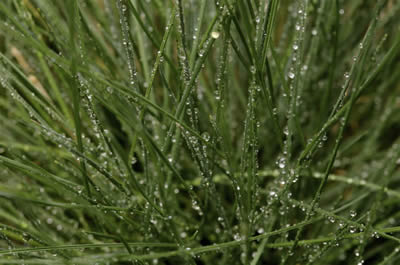
Condensation is the process by which water changes its state from a vapor or gas to a liquid. Condensation is responsible for the formation of clouds. Common examples of condensation are: dew forming on
...more
Aerosols, also called particulates, are tiny bits of solid or liquid suspended in the air. Some aerosols are so small that they are made only of a few molecules ľ so small that they are invisible because
...more
Rain is precipitation that falls to the Earth in drops of 5mm or greater in diameter according to the US National Weather Service. Virga is rain that evaporates before reaching the ground. Raindrops form
...more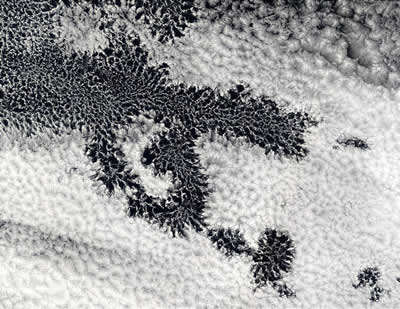
The Southeast Pacific region typically has extensive stratocumulus cloud cover over the ocean. These offshore clouds can contain clear areas in the clouds that scientists call "pockets of open cells,"
...more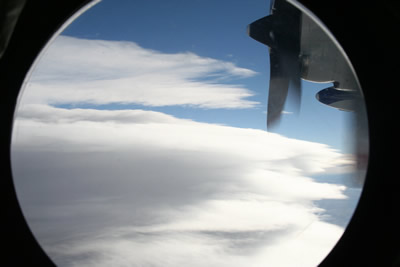
A team of atmospheric chemists hasámoved closer to what's considered the "holy grail" of climate change science: the first-ever direct detections of biological particles within ice clouds. The team, led
...more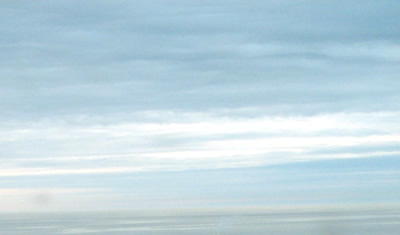
Altostratus clouds (weather symbol - As) consist of water and some ice crystals. They belong to the Middle Cloud group (2000-7000m up). An altostratus cloud usually covers the whole sky and has a gray
...more


